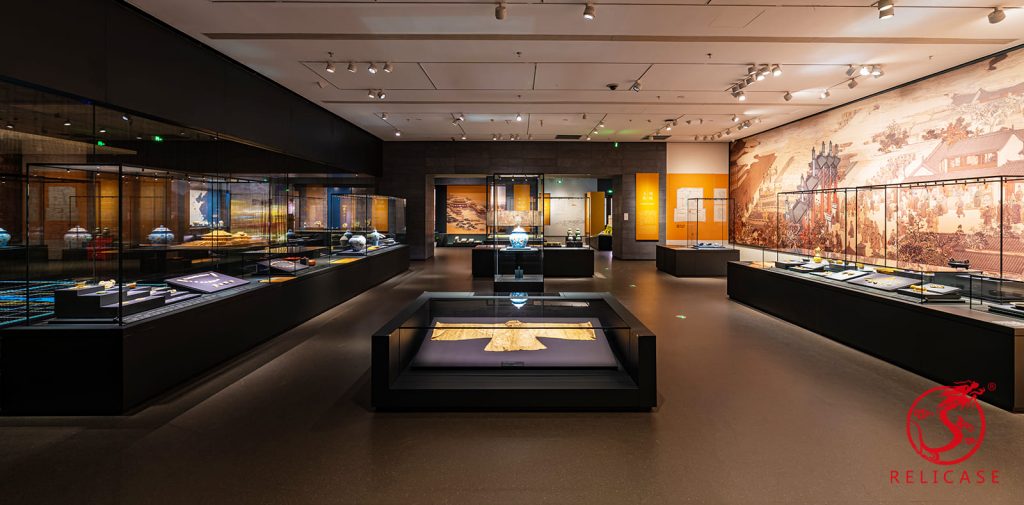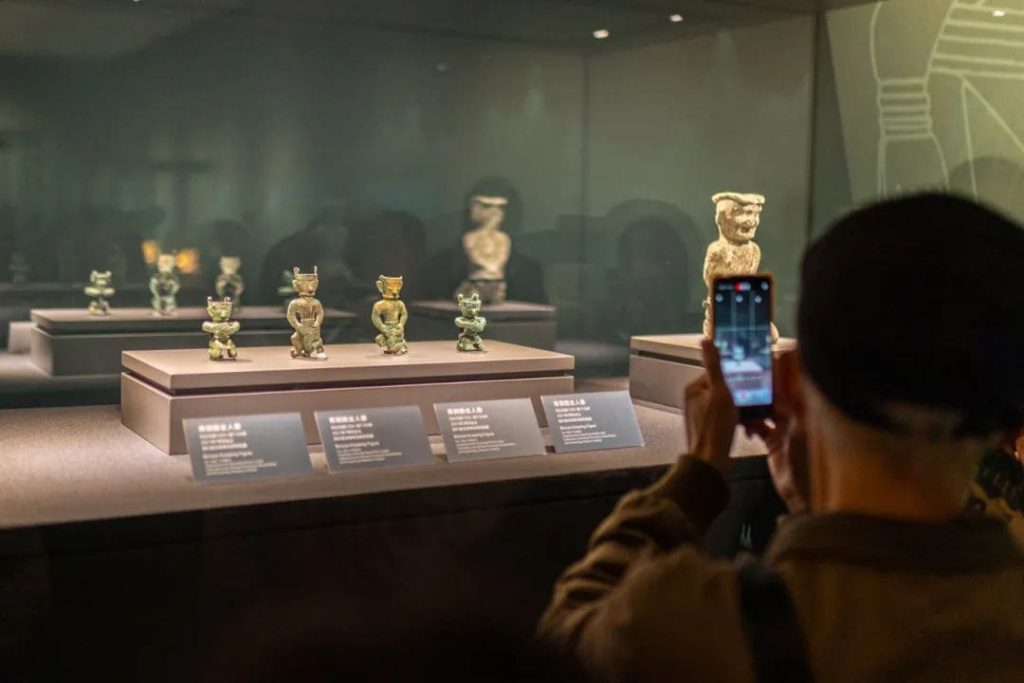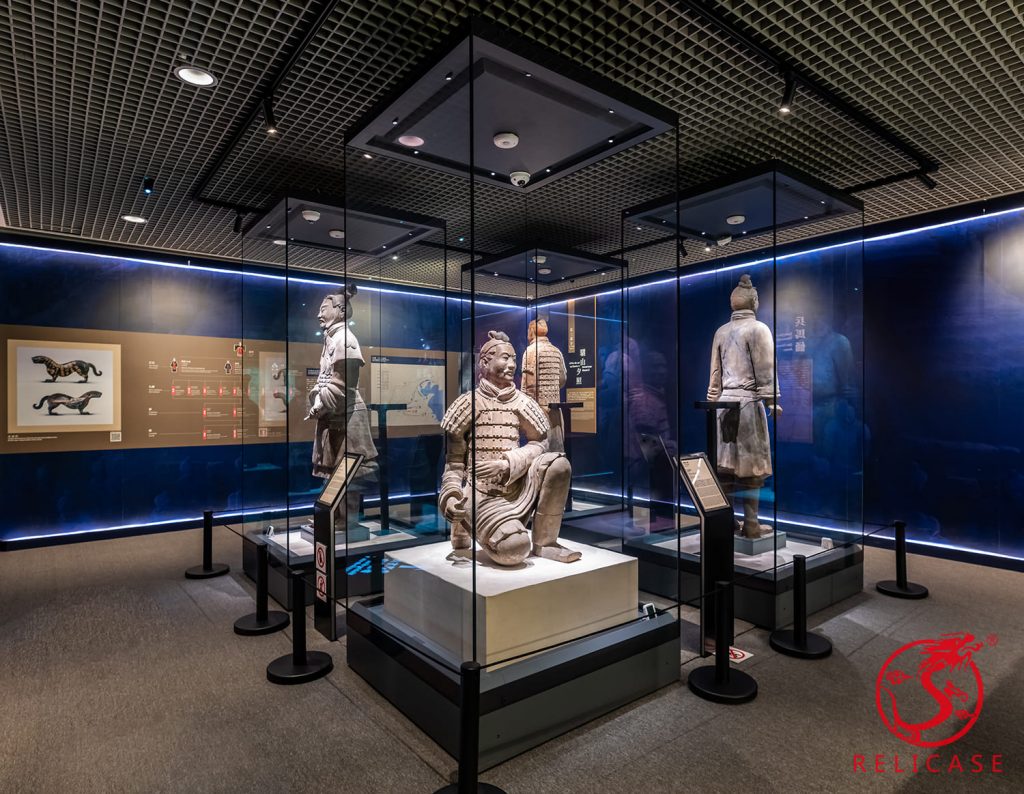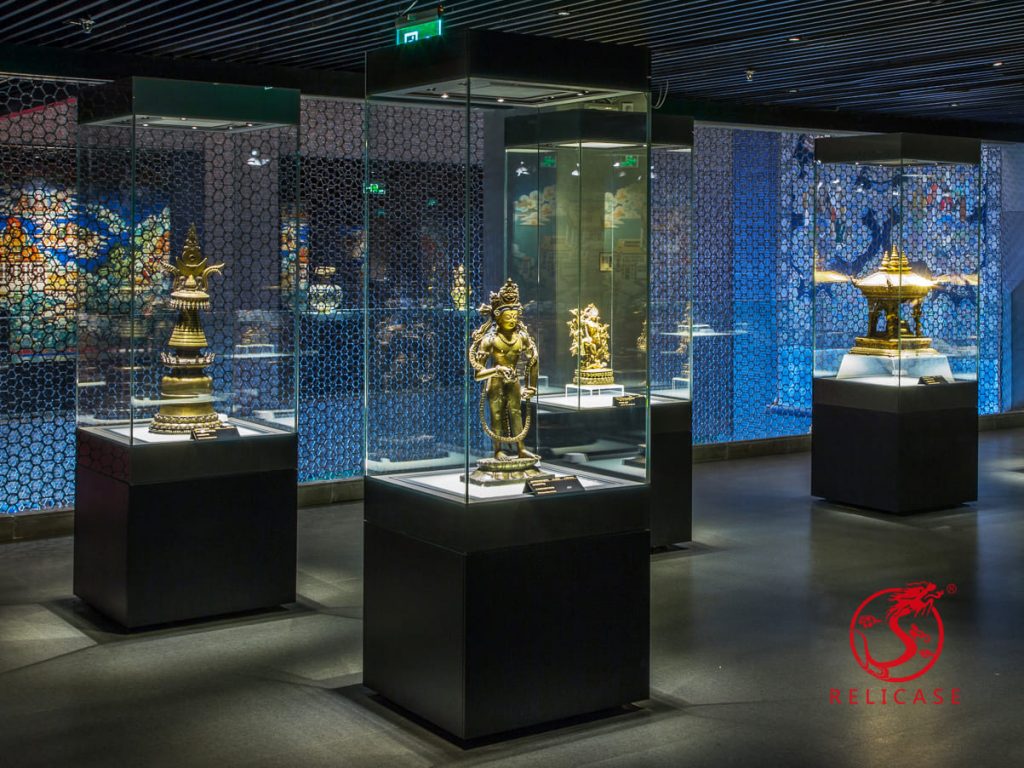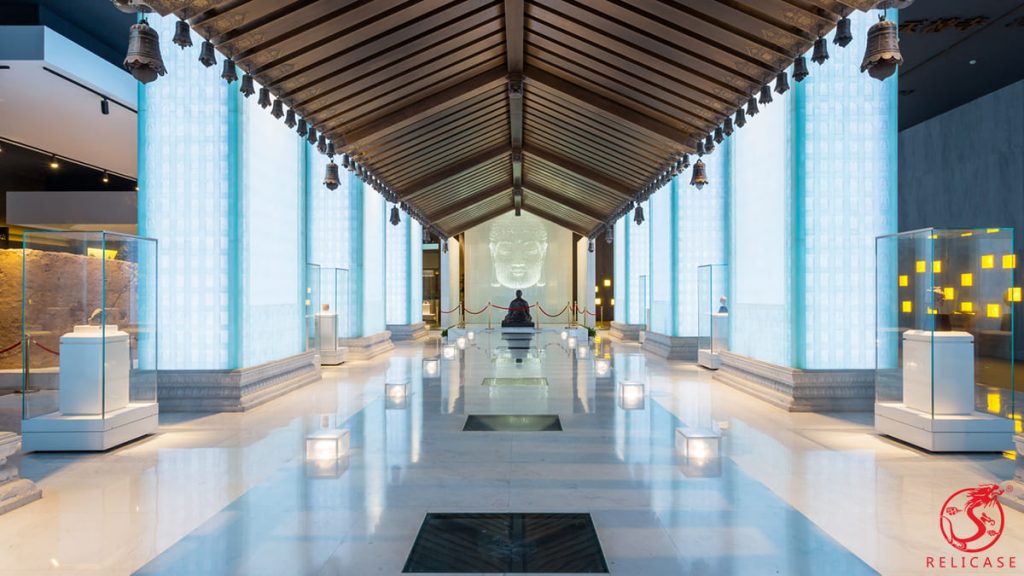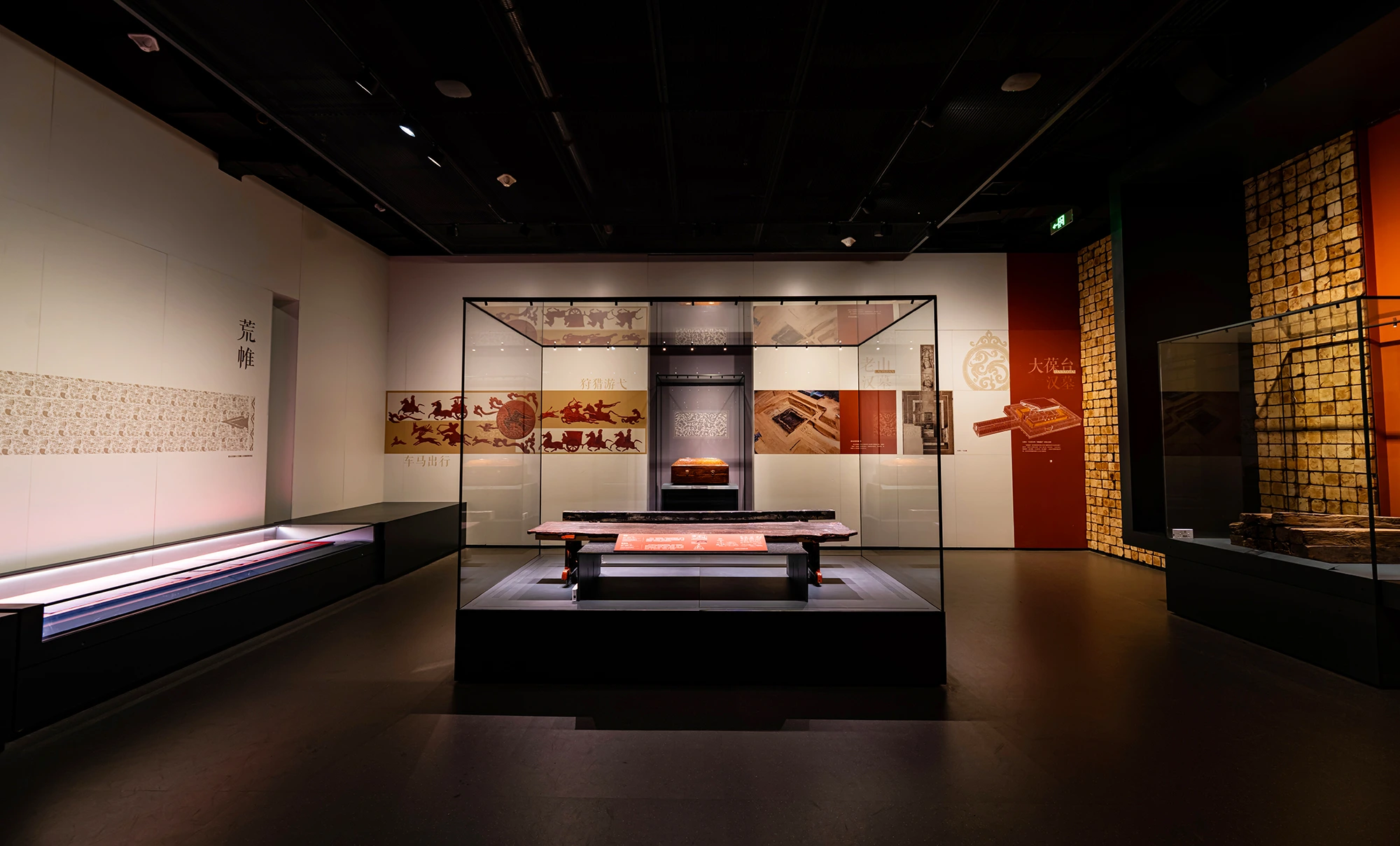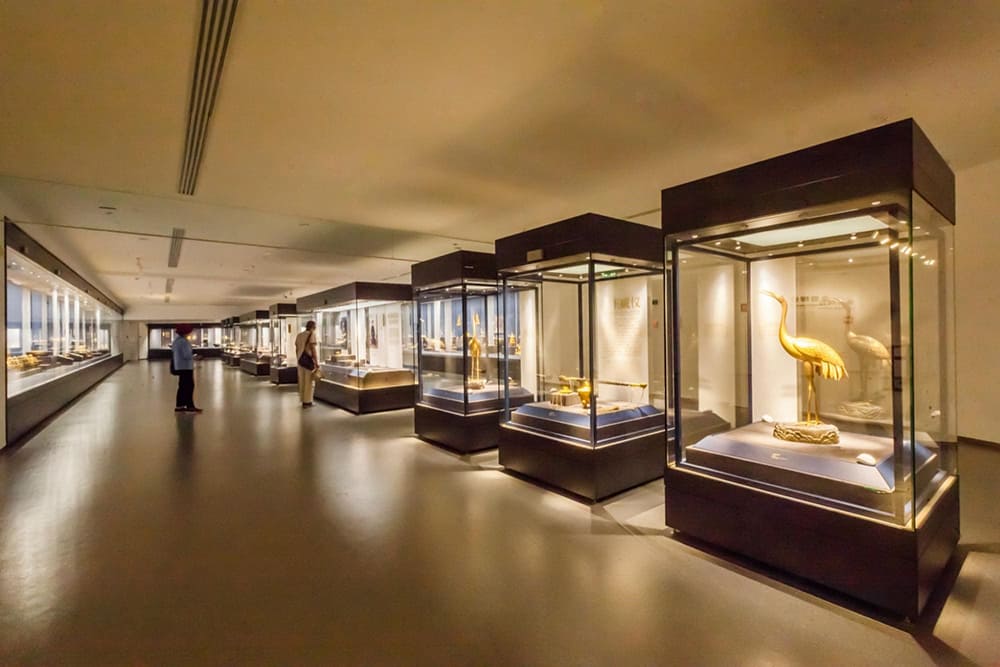A Typical Museum Upgrade Project
Project: Display Vitrines Upgrade of Capital Museum
Client: Capital Museum
Exhibition Gallery: History of Beijing
Year of Completion: February, 2024
Services: Design, manufacturing, and installation.
Types of Vitrines: Customized freestanding, tabletop, and wall-mounted display cases
Features: auto lift, narrow frame, extra heavy glass.
Details:
At the end of 2022, some galleries of the Capital Museum initiated exhibition renovations.
Relicase actively responded by providing professional design and custom services for the museum’s exhibition upgrades.
On February 10, 2024, the newly upgraded Capital Museum reopened to the public.
During this renovation, the designers carefully considered the exhibition space, the characteristics of the exhibits, and the cultural background, crafting multiple sets of display cases that were specifically tailored to the exhibits, ensuring each item displayed its unique charm.
Ultra-Narrow Frame Vitrines
For this renovation, Relicase put great thought into the exterior design of the display cases.
Leading the trend with a “narrow frame” design concept, they broke through the limitations of traditional display cases. The “narrow frame” design highlights the elegance and beauty of the exhibits themselves, allowing visitors to immerse themselves in a minimalist and transparent visual environment.
To achieve this design, Relicase’s design team repeatedly refined and improved the model through precise simulations and complex technical methods, finally presenting display cases with frames as thin as 15 millimeters to the public.
Auto Lift Museum Showcases
The new generation of ultra-narrow Yujing display cases measures 3.3 meters long, 0.8 meters wide, 2.1 meters high, and weighs 1.1 tons.
To ensure smooth operation, a heavy-duty lifting mechanism was installed at the bottom of the cabinet. The opening mechanism is a user-friendly, semi-automated system, allowing the display case to be raised or lowered to the desired position, making maintenance easier while ensuring the safety of the exhibits.
Display cases and lighting are critical elements in exhibition design. To perfectly integrate the display cases with lighting, hidden light troughs were designed, seamlessly blending the cases with the lighting elements.
High-Precision Installation
As the saying goes, “A miss by an inch can be a miss by a mile.” The external display platform and the display case of the new generation of ultra-narrow Yujing cases were provided by two suppliers.
During installation, the case had to be placed precisely inside the external platform, with only a 2-millimeter gap left between the inner dimensions of the platform and the case. This tiny gap posed a high demand for installation craftsmanship. Using advanced 3D simulation technology and high-precision tools, the engineers flawlessly installed each case.
After installation, the glass platform and the external case were tightly connected, with sleek, integrated lines outlining the exhibition space.
Customized Drawer Freestanding Vitrine
One of the Capital Museum’s prized collections, the “Kesi Twelve Emblems Dragon Robe,” is housed in a custom display case designed by Relicase.
This platform consists of a single piece of glass, 2 meters long, 3 meters wide, and weighing 180 kilograms, laid flat.
The display case is presented in a drawer-style design, which not only facilitates the flat display of the robe but also makes it easier to arrange the exhibit while minimizing the risk of damage to the artifact.
The drawer, weighing over 200 kilograms, is fully supported by tracks on both sides, which requires extremely high precision in movement.
The opening mechanism and airtightness of the display case were also crafted with professional standards.
To emphasize the solemnity of the artifact, we concealed the opening mechanism under wooden panels, allowing the elegant simplicity of the glass platform to blend with the stable, classical design of the outer frame.
This harmonious design highlights the majestic form of the display case, blending seamlessly with the museum’s architecture and surroundings.
